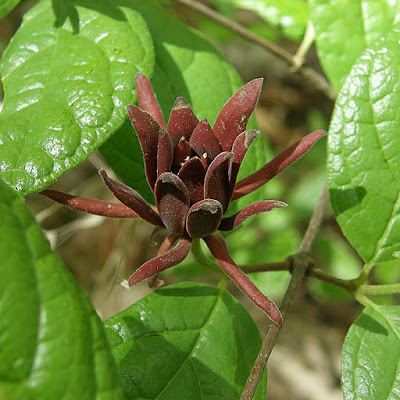June
21, 2017. I was summoned by an announcement that there were some armadillos on
the front patio. When I got there, I could see two. One was snuffling in the
leaf litter for food.
The
other gave me the only opportunity for a head shot.
I’ve
had the opportunity to watch a couple of armadillos in the wild on a few
occasions. On one occasion, I watched on burrow under a layer of pine needles
in search of food. When it emerged from one pile of pine needles, it
immediately burrowing into another pile.
As
I watched these armadillos, I became aware of a third and then a forth. They
were challenging to photograph. They were like little perpetual motion machines
with their heads down as they searched for food.
I
was afraid that I’d scare them off, so I circled around quietly and approached
the other end of the patio. They were scampering back and forth across the
patio, concentrating so intently on foraging that they seemed unaware of my
presence and worked their way along the patio until…
a
couple arrived at my feet. Even then they appeared unaware of my presence.
Another one ran right up to my feet and seemed puzzled when it encountered an
object in its path.
They
worked there way around the corner, heads buried in the grass and leaf litter.
Finally, when they ran out of promising foraging, they…
scampered
off into the woods. It was an enchanting encounter. They seemed like such
little free spirits.
I
was surprised that I didn’t scare them. Then I wondered about their eyesight
and did some reading. Turns out that they don’t have the greatest eyesight and
use hearing and smell to locate food. It certainly wasn’t clear that they were
using their hearing and sense of smell to warn them of potential danger in
running right up to my feet. I nudged one gently with my foot. It made the
strangest noise, a combination of grunt and a strangling sound, as it scampered
a few feet away and stopped, seemingly bewildered. Apparently they don’t have
many natural predators.
Armadillos
have been moving north in Georgia. The map in the reference below shows their
range as being limited to the southern third of the state. They reached our
county, Walton County, about two-thirds up the state in the last few years. We
saw the first one – an adult = on our property at the north end of the county,
last year. This is the first time we’ve seen youngsters.
Armadillos are unique
in usually producing litters of four identical young of the same sex.
While they are cute, armadillos
may be infected with Mycobacterium leprae,
the bacterium that causes leprosy. In fact, M.
leprae can’t be grown in artificial media and was cultivated in the
footpads of the nine-banded armadillo (Dasypus
novemcinctus)
that have a lower body temperature that is favored by the organism. The risk of
contracting leprosy from armadillos is low because 95% of the population is not
susceptible to leprosy. However, there is a small risk of contracting the disease
from handling infected armadillos. A good rule-of-thumb, common to encounters
with any wildlife, is to stay safe and enjoy them from a distance.
References:
- University
of Georgia Museum of Natural History: Nine-banded
Armadillo (Dasypus novemcinctus)
- Sharma
R, Singh P, Loughry W, Lockhart J, Inman W, Duthie MS, et al. Zoonotic Leprosy
in the Southeastern United States. Emerg Infect Dis.
2015;21(12):2127-2134.













